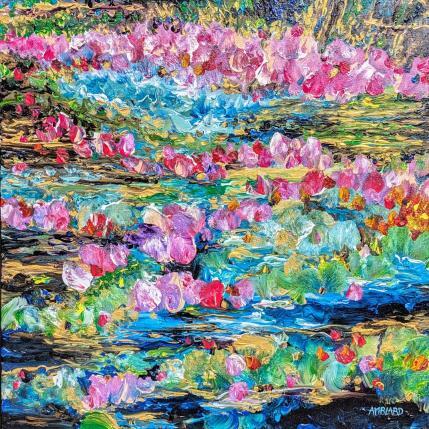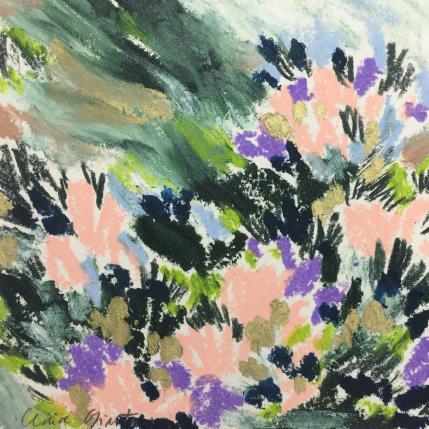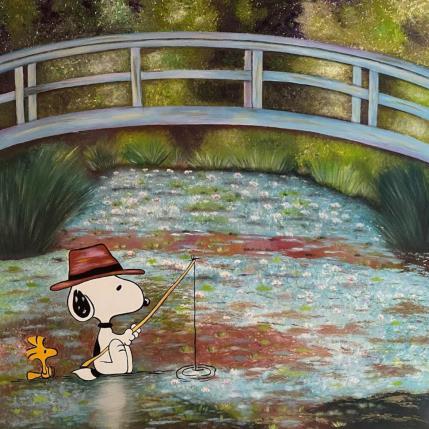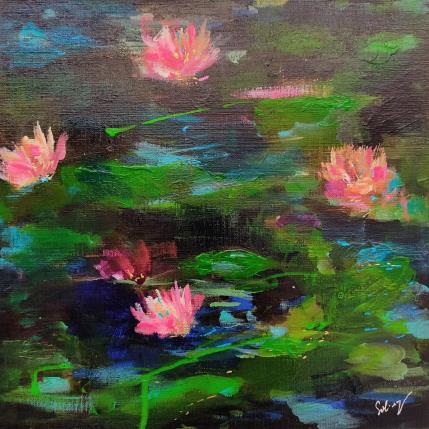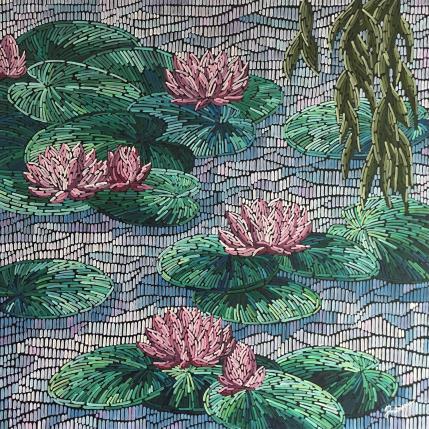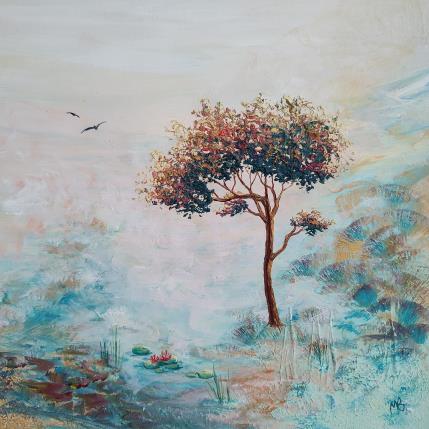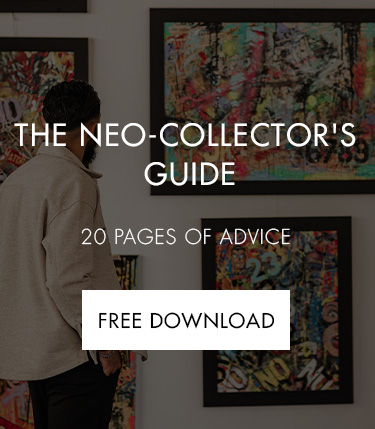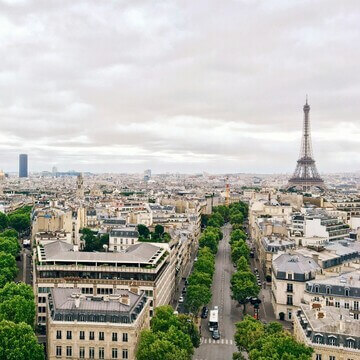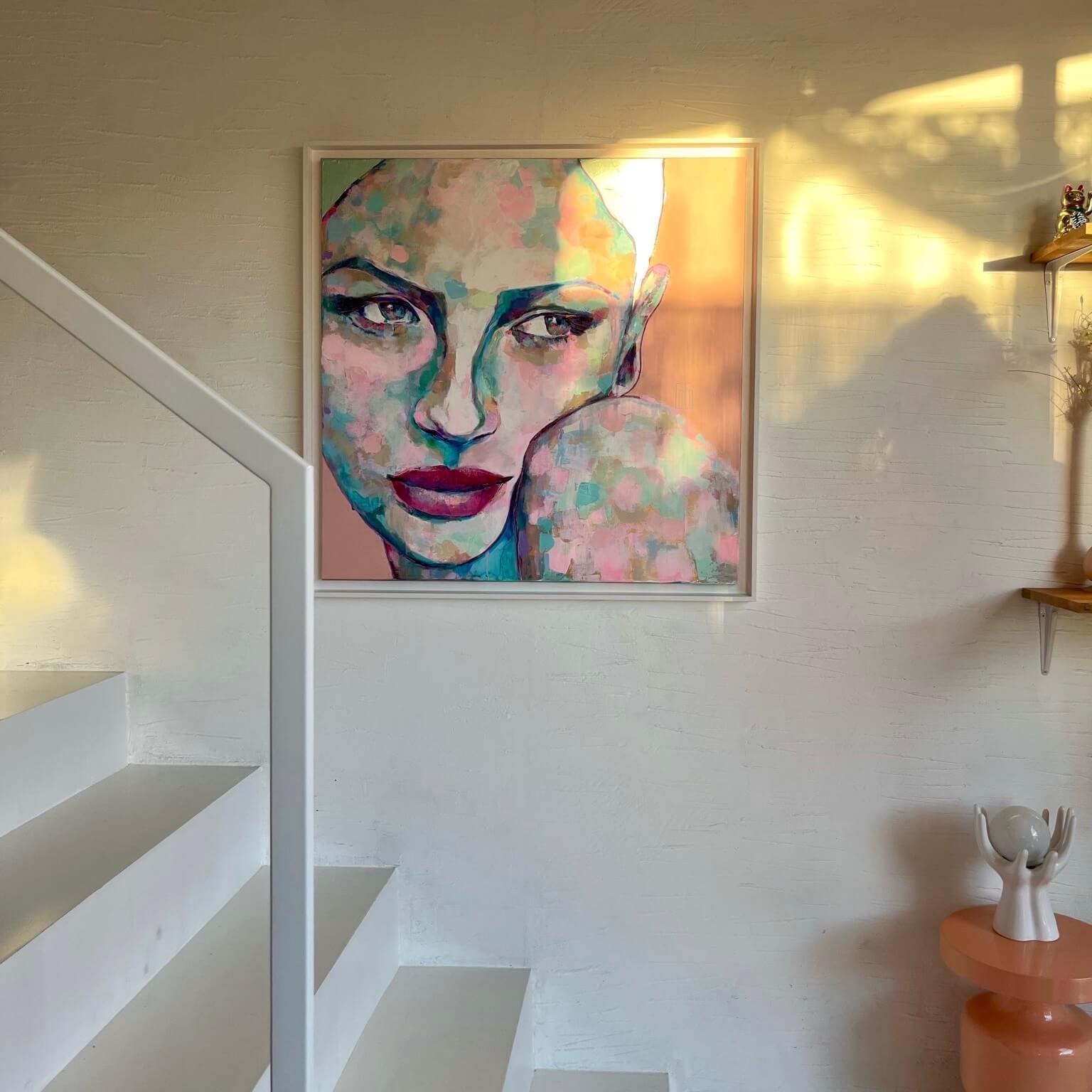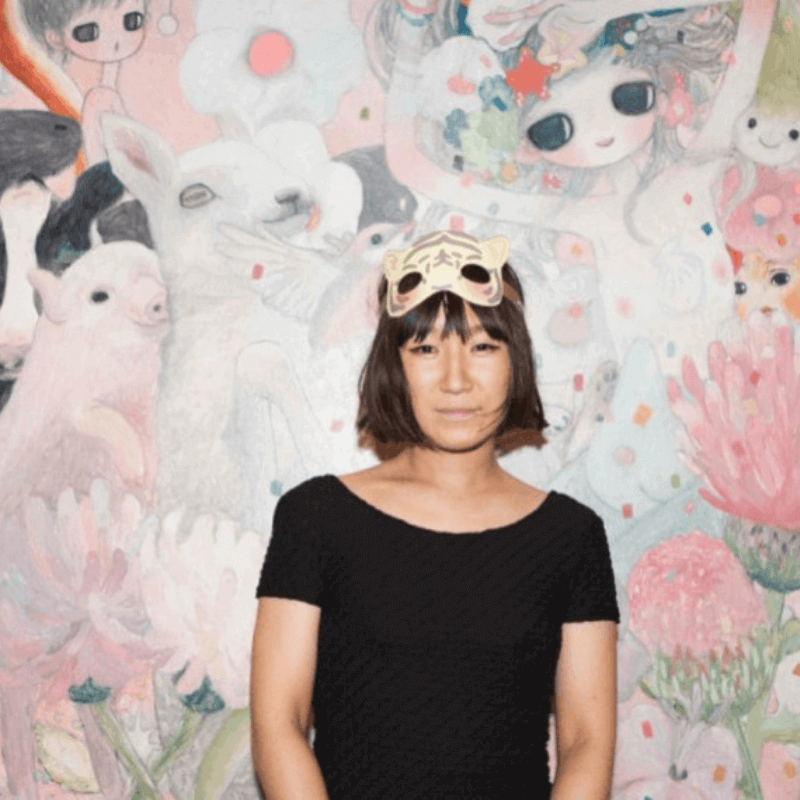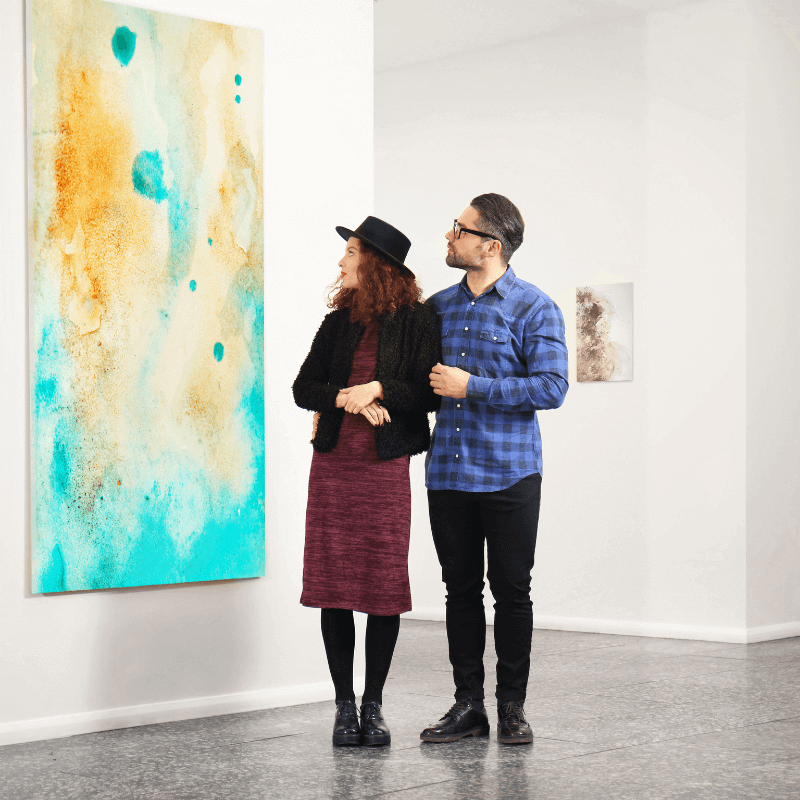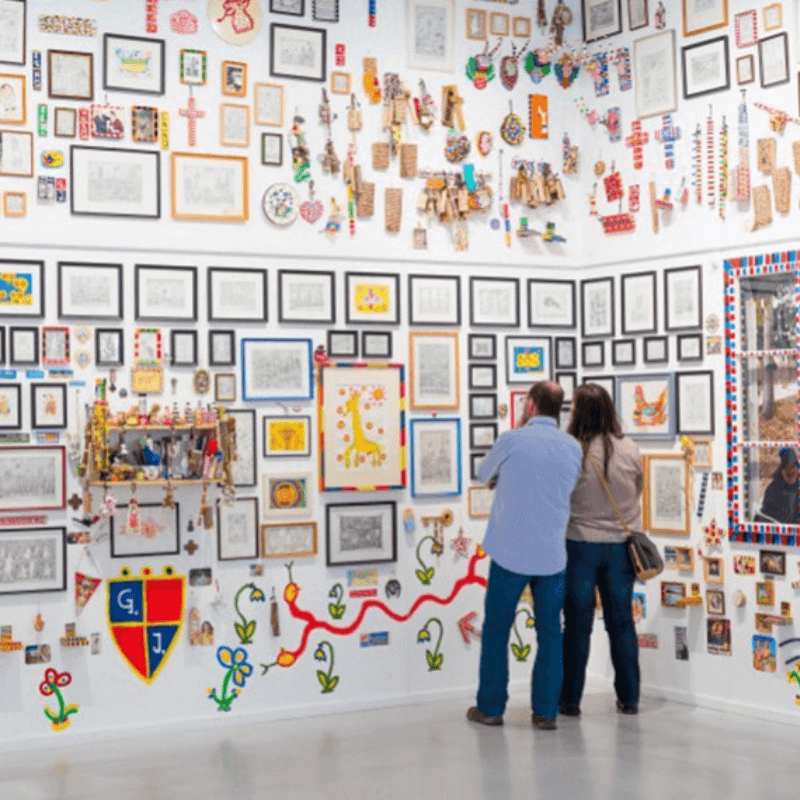From Claude Monet to Joan Mitchell, an impressionist dialogue through time
- 24/09/2022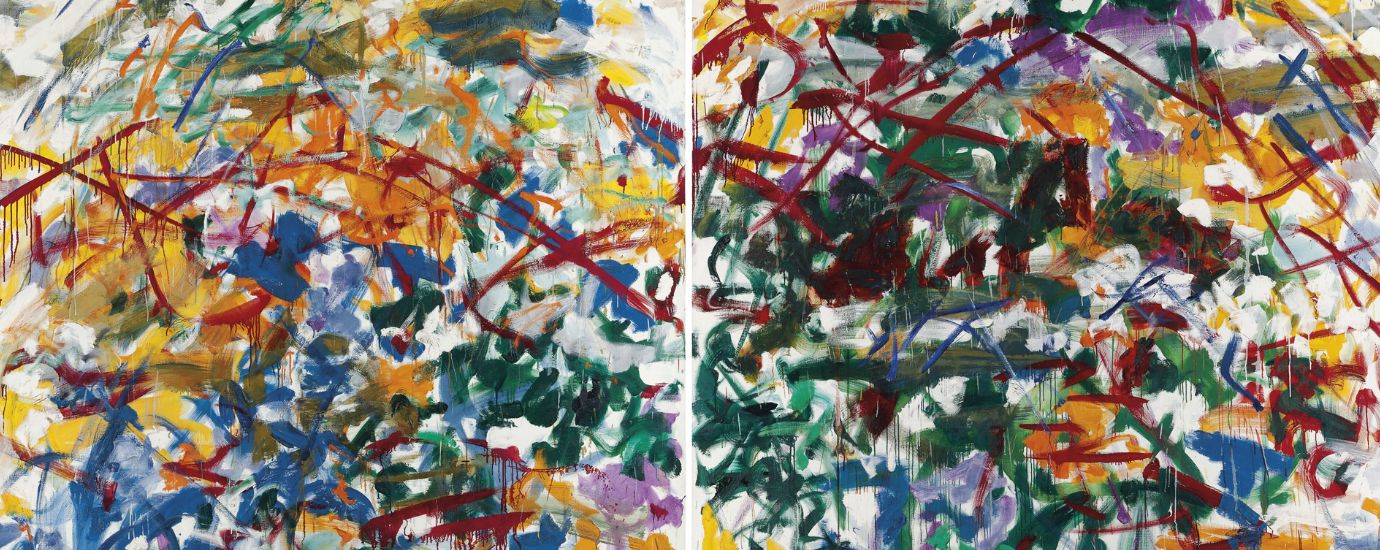
The hermit of Giverny and the author of the "Nymphéas" no longer need to be introduced. The artist who has been recognised as the pope of Impressionist art since his major work "Impression, Sunrise", presented at the first Impressionist exhibition in 1874, has established himself throughout his career as one of the leading lights of painting in the second half of the 19th century. What is perhaps less well known about him is the immense influence he had on the generations of artists who followed him, on an international scale.
This is particularly true of the American painter Joan Mitchell, who is herself recognised through her paintings and almost a century apart as the heir to abstract art. From then on, the dialogue between these two monsters at a distance does not fail to fascinate and question all those who show an interest in the world of painting. This is why, from the precursor Monnet to the actress Mitchell, Carré d'artistes could not ignore the work of these two monuments of Impressionism, particularly through its collection inspired by the paintings of the author of Les Nymphéas.
MONET, FROM PRECOCIOUS ARTIST TO POPE OF IMPRESSIONISM
Born in 1840 in Paris, young Claude grew up in Le Havre where his family settled when he was only five years old. Very early on, he revealed his taste for the graphic arts and, while still only a high school student, he was already the object of a certain notoriety thanks to the caricatures he drew and which he even managed to exhibit in the drawing supplies shop he frequented assiduously. It was there that the artist Eugène Boudin (1828-1884) discovered his work, strongly encouraged him to develop his talent and invited him to come and paint outdoors with him. This is how Monet's vocation as an artist was born, and he would later say of Boudin: "By the sole example of this artist who loved his art and independence, my destiny as a painter was opened up.
Monet's asserted independence in the face of academic painting created tensions between him and his family, but from the summer of 1862 onwards his meeting with the Dutch landscape watercolourist Johan Barthold Jongkind (1819-1891) marked a radical change in his aesthetic research. The painter declared: "From that moment on he was my true master, and it is to him that I owe the definitive education of my eye".
Monet's career continued and from the mid-1860s he gained recognition from his peers and made friends with the greatest artists such as Renoir, Sisley and even Zola. This was the period of his first outstanding works, such as the "Déjeuner sur l'herbe" in 1865, which earned him the congratulations of Courbet and Zola. However, it was not until 1874 and the first Impressionist exhibition at which Monet exhibited his painting "Impression, Sunrise" that he established himself as the founder of this new movement.
FROM IMPRESSIONISM TO ABSTRACT IMPRESSIONISM
The birth of the Impressionist movement is closely linked to the Paris Salon. The Salon was held every year from 1863 onwards and was the best opportunity for young artists to show their work. Nevertheless, many of them, considered too innovative by the jurors, were rejected out of hand. This is how the Salon des Refusés came into being, where a whole generation of artists was born and who were to leave their mark on the history of the arts.
Both an aesthetic research and a pictorial movement, Impressionism bears witness to the socio-economic and cultural changes of the 19th century. Exploring new themes such as modernity and the open air, it is characterised in particular by a style marked by rapidity, where the brushstroke seeks to liberate the ephemeral nature of light and its changing effects on colours and shapes.
It was not until after the Second World War that the abstract impressionist movement was born on the American East Coast. It was thanks to Elaine de Kooning, herself a painter, art critic and wife of the artist Willem de Kooning, that this movement questioned the influences of the master of Giverny on the young American guard, one of whose major representatives is Joann Mitchell. This trend shares with the late French Impressionists a certain taste for the observation of nature and a constant search, even a questioning, of the effects of luminosity on the representation of the real world.
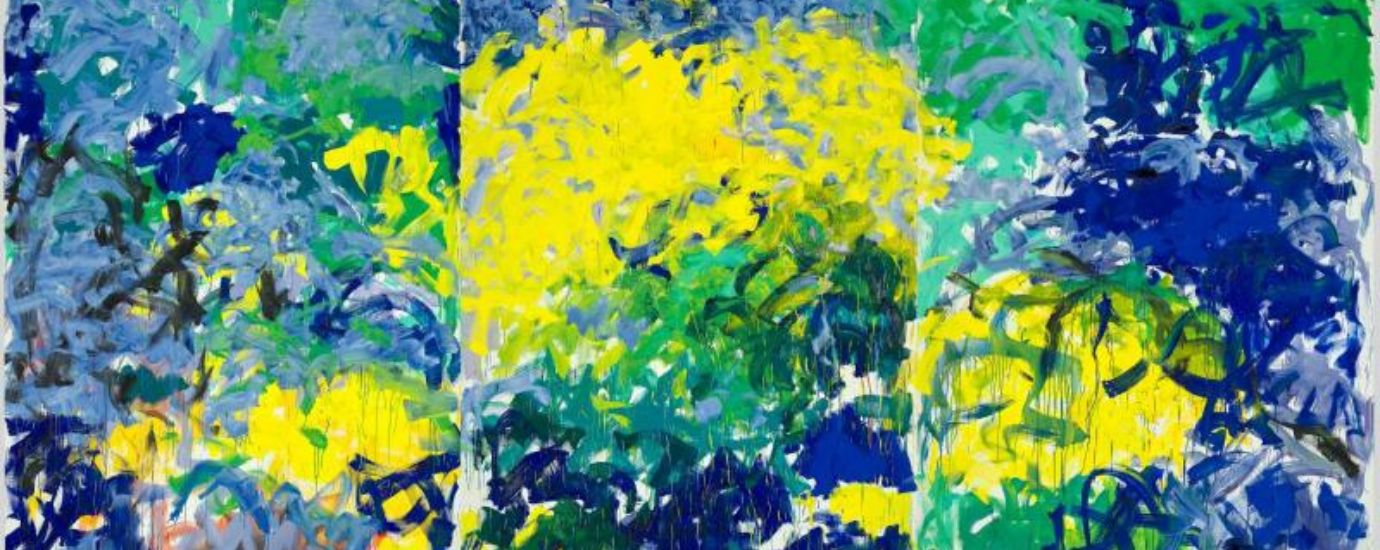
Joann Mitchell, the heir to the Giverny master?
Born in Chicago on 12 February 1925 (she died on 30 October 1992 in Paris), the young Joann showed, like her 19th century mentor, a very early interest in painting. Encouraged by her family, she pursued brilliant artistic studies and moved to New York after the war, where she attended the New York School, then a centre of abstract expressionism. In the 1950s, she became one of its most prominent figures. She also travelled several times to France where she finally settled in 1959. Definitely seduced by the landscapes of the Ile-de-France, she acquired a property in 1967, northwest of Paris, in Vétheuil, with a breathtaking view of the Seine.
The abstraction of Joan Mitchell's work reflects all the energy of her brush. Although she has always been reluctant to compare her work to that of the master of French Impressionism, she nonetheless shares his references to natural elements such as water, trees, fields and flowers. Like him, she records on her canvas and through memory, her emotions in front of the landscapes that have marked her at a particular moment.
Discover our selection inspired by the works of Claude Monet
From the precursor to the heiress, dialogue through works
More than a simple bridge thrown over the Atlantic and which would have carried Monet's influence towards the great American painters of the post-war period, the abstract impressionist movement is therefore a genuine dialogue established across the decades between two generations of artists who respond to each other. This is the approach deliberately chosen by the Louis Vuiton Foundation in an exhibition open to the public from 5 October 2022 to 27 February 2023.
This exhibition highlights the echoes between the respective works of Claude Monnet and Joann Mitchell.
Preceded by a retrospective devoted to the American artist and intended to make her better known to the French public, the exhibition sets itself the objective of highlighting the perceptions specific to each of the two artists in front of landscapes whose perception has, for them, remained striking beyond the constraints of space and time.
In accordance with a proven approach, Carré d'artistes could not miss this opportunity to allow you to approach the work of the master of Giverny and, perhaps, make you discover that of Joann Mitchell. Faithful to its claimed will to bring art to the greatest number of people, and in particular to all those who do not dare to visit museums and galleries, or simply do not have the time, our company wants to be the media which, since 2001, makes you (re)discover and offers you original and unique works.
Read more articles about Monet :
🎨 Tribute to Claude Monet, father of the Impressionists



